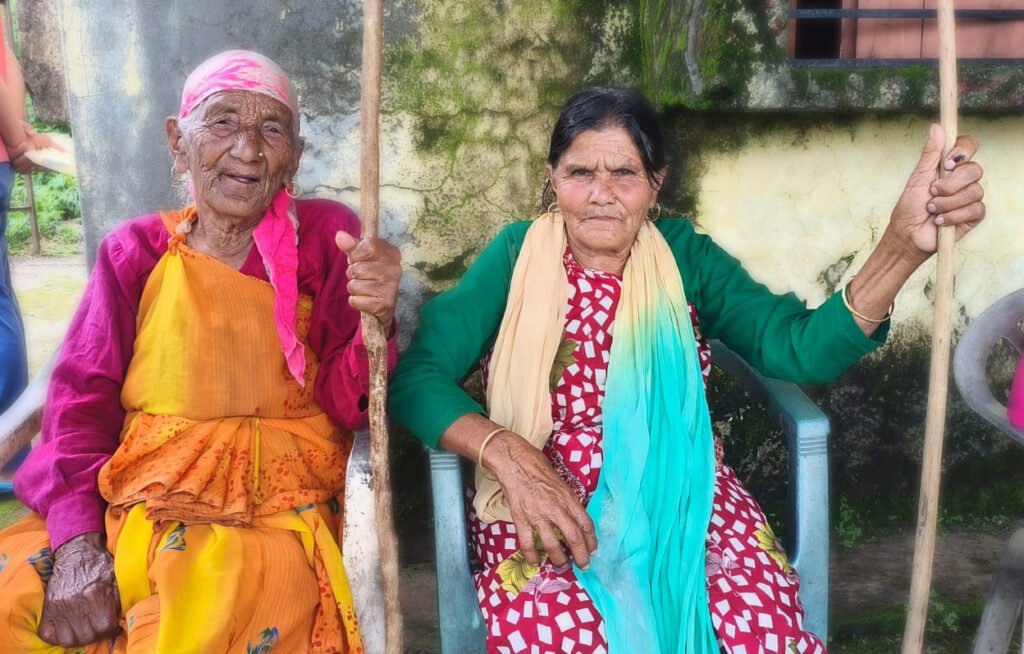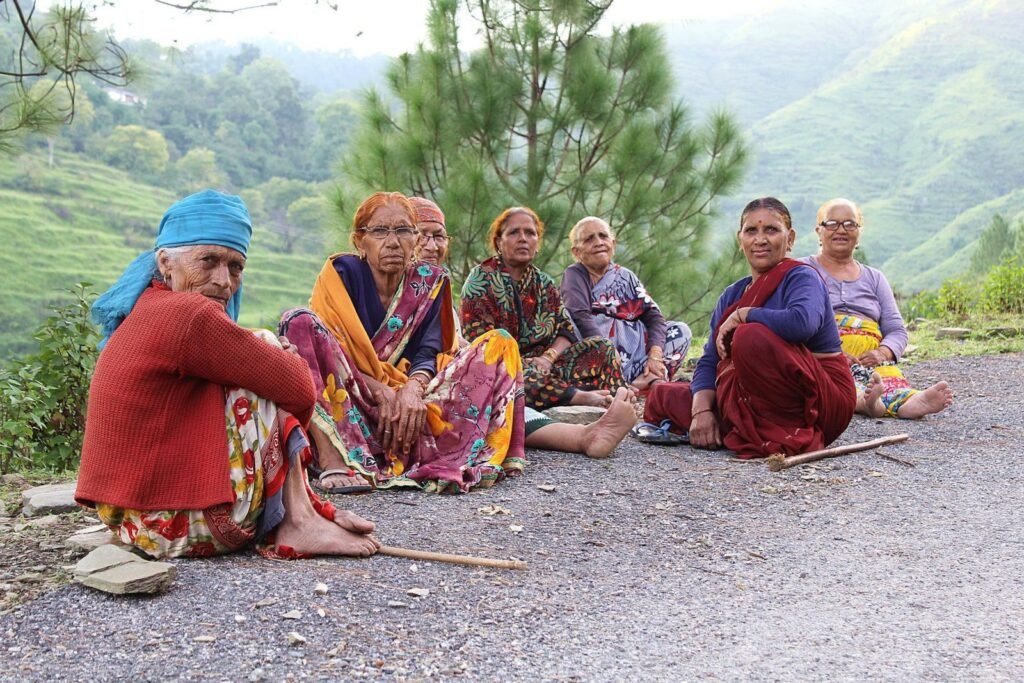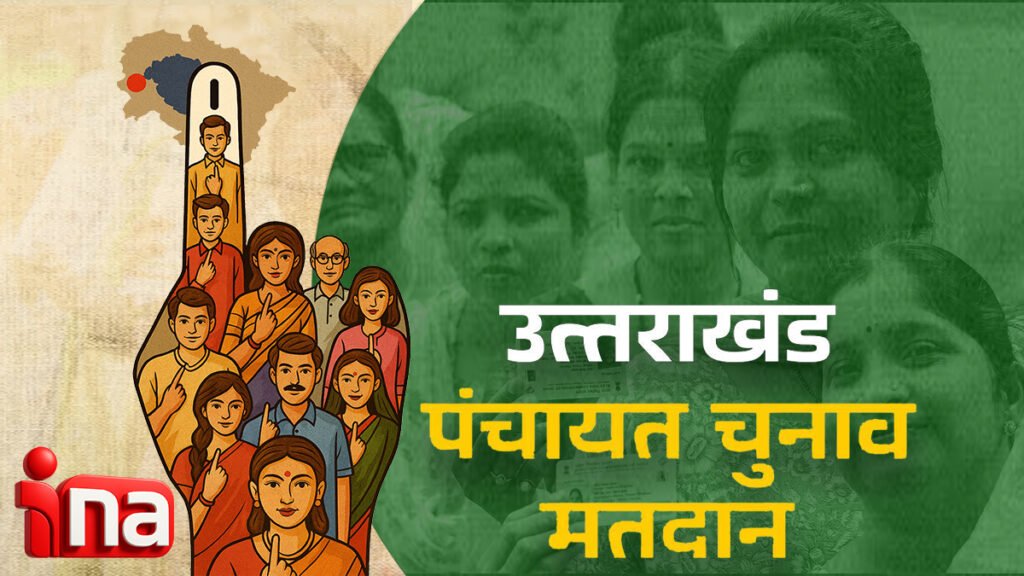How Uttarakhand’s Grassroots Women Are Reshaping Local Democracy
As Uttarakhand moves through the 2025 Panchayat election cycle, a quiet revolution is taking root in the hill villages. Women, long sidelined from governance and reduced to symbolic roles through the practice of “Pradhan Pati” (husbands running the office of elected women), are now leading from the front—challenging patriarchal control, demanding accountability, and addressing systemic issues such as migration, unemployment, and broken infrastructure.
Elections Amid Unrest and Aspirations

The 2025 three-tier Panchayat elections—covering Gram Panchayat, Block, and Zila levels—are taking place across 12 districts (excluding Haridwar) in two phases on July 24 and 28, with vote counting scheduled for July 31. Over 66,418 posts are up for grabs, and more than 63,000 nominations were filed
Women have made an especially strong showing—over 37,000 women filed nominations. Yet in many parts of the state, real governance has remained in male hands due to proxy leadership and lack of structural support. Now, that pattern is being broken.
Contesting for Change: Candidacy and Commitments

The Manch has fielded 26 candidates for Gram Pradhan, 6 for Block Development Council, and 1 for Zila Panchayat, while supporting 40 non-member candidates.
Key Points from Their Manifesto
- No inducements (money/alcohol/transport for votes)
- Only permanent residents to contest
- Every family involved in village planning via Gram Sabha
- One tree for every girl child
- Transparent Panchayat accounts
- Full accountability of local officials
“We want to run villages like institutions—not as fiefdoms handed down to men,” says Sunita Devi, a 32-year-old Manch leader contesting from Jheepa village in Almora.What Women Voters and Leaders Are Facing:
Despite increasing representation, women face structural and cultural hurdles:
| Challenge | Description |
|---|---|
| Pradhan Pati Syndrome | Husbands run Panchayat in name of elected wives—undermining women’s agency |
| Social Resistance | Women candidates often excluded from village meetings |
| Limited Support Systems | Grassroots women lack access to political mentoring, legal aid |
| Seasonal Constraints | Women gather formally only in post-harvest months like November |
Still, participation is surging—groups like the Manch provide sisterhood, training, and legitimacy.
Why Women Are Stepping In
Women leaders say they are responding to real, lived crises that male politicians have historically ignored:
| Local Issue | Voter Sentiment |
|---|---|
| Unemployment | Driving male migration; no local job schemes functional |
| Road Inaccessibility | Villagers in remote areas demand roads as basic rights; boycotts threatened |
| Clean Water Scarcity | Springs drying; piped water rare in high-altitude villages |
| Out-Migration | Over 335,841 people migrated between 2018–22—a 67% increase in rate |
Disclaimer: Prices are at time of the review and subject to change.
Migration Patterns: Hard Numbers
| Timeframe | Total Migrants | Annual Avg. | % Change vs Previous |
|---|---|---|---|
| 2008–2018 | ~502,717 | ~50,272 | — |
| 2018–2022 | ~335,841 | ~83,960 | +67% |
Migration devastates hill economies—empty schools, aging populations, fallow fields. Women leaders are pushing for livelihood generation, better healthcare, and functional education to stem the tide.
Real Barriers: When a Road Becomes a Dream
In Uttarkashi, villagers of Mukhba and Jangla have threatened to boycott polls. A 6-km road sanctioned 40 years ago still hasn’t been built. Polling teams must trek up to 10 km in some areas where monsoon destruction cuts off vehicle access.
Impact on Governance
| Category | Current State in Remote Villages |
|---|---|
| Health Services | Clinics without doctors; PHCs hard to access |
| Schools | 1-teacher schools or complete shutdowns due to lack |
| Markets & Mobility | Farmers unable to reach mandis during monsoon |
Why Women Power Matters Now
This election is about transforming representation into action.
Sunita Devi, who is running again after losing in 2019, says this time she isn’t alone. “Women candidates are showcasing their identity and ability. We’re not shadows anymore—we’re the ones planning the light.”
What makes this women’s movement different is:
- Issue-based campaigning
- Grassroots consensus building
- Decentralised decision-making
- No dependence on political parties
These women are not career politicians—they are midwives, farmers, health workers, and mothers fighting for functional democracy.
Conclusion: A Feminist Model for Rural Governance?
The rise of women-led governance initiatives in Uttarakhand, spearheaded by groups like the Rachnatmak Mahila Manch, represents a radical shift. Beyond symbolism, they are demanding results: transparency, inclusion, and dignity.
What’s at Stake
If successful, this could become a replicable model for women-led local governance in other Indian states plagued by similar challenges.
“Humari gram sabha, humara raj” (Our Gram Sabha, our rule) is not just a slogan—it is a grassroots feminist manifesto challenging decades of patriarchal neglect in India’s hills.
As Uttarakhand votes, the nation watches. The question is no longer whether women can lead, but whether India is finally ready to let them lead fully


